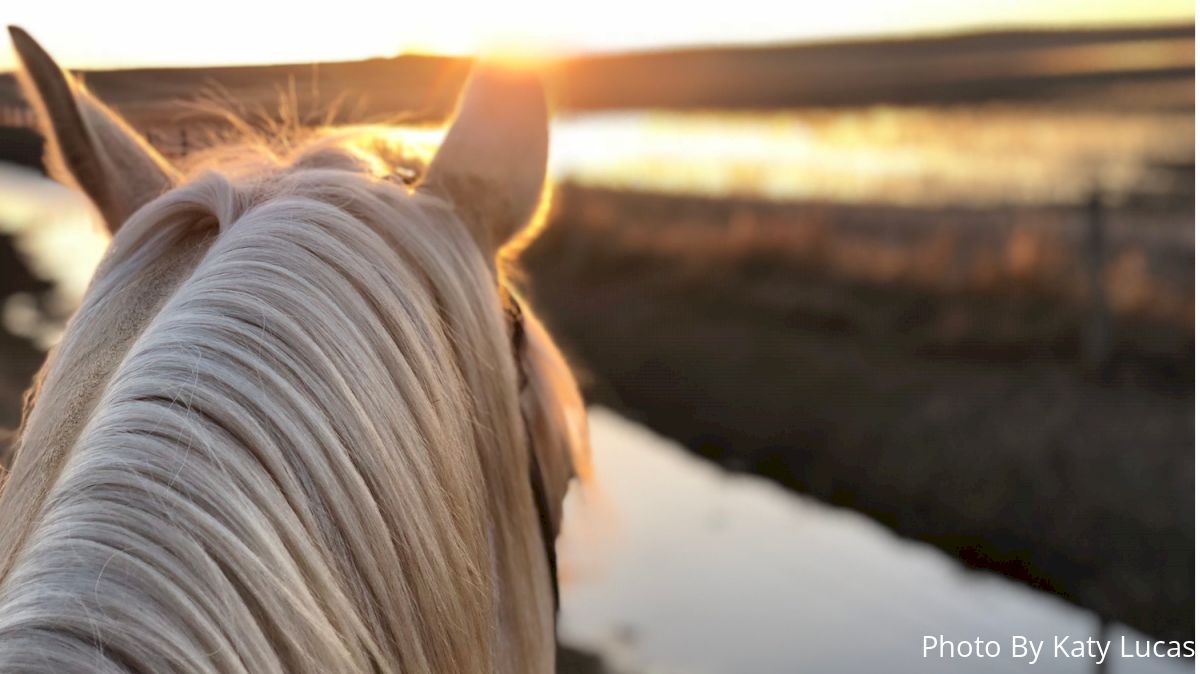Rare Form Of The Equine Herpesvirus Confirmed In The Dakotas
Rare Form Of The Equine Herpesvirus Confirmed In The Dakotas
Cases of EHM were confirmed in April in the Dakota's. All three were in rodeo horses, some traveling and competing as recently as the last weekend in April.

Cases of equine herpesvirus myeloencephalopathy (EHM) have recently been confirmed in the Dakotas this spring in horses that had been traveling to rodeos in the area.
State veterinarian Dustin Oedekoven told the West Fargo Pioneer's Barry Amundson that a case of EHM was confirmed on Monday, April 30, from a horse that had competed at two rodeos in Lincoln and Hastings, Nebraska, the weekend before. The horse belonged to a member of the South Dakota State University rodeo team.
“Equine Herpes Virus (EHV-1) infection in horses can cause respiratory disease, abortion in mares, neonatal foal death, and/or neurologic disease. The neurologic form of EHV-1 is called Equine Herpes Virus Myeloencephalopathy (EHM). The virus can spread through the air, contaminated equipment, clothing and hands. EHV-1 is endemic to the United States and is usually handled by the States involved; USDA becomes involved in cases involving multiple States or movement of horses across State lines.”
While the typical strain of EHV-1 is very common and generally lies dormant in horses, the more rare and dangerous EHM neurologic disease that is associated with the more common virus can cause damage to blood vessels in the brain and spinal cord. Symptoms include fever, decreased coordination, urine dribbling, lethargy, and inability to rise.
The West Fargo Pioneer reported that earlier in April another case had been confirmed near Sioux Falls, South Dakota. While both horses in South Dakota were able to be treated and recover from the virus, a third report that month of a horse in North Dakota, unfortunately, did not have the same results and the horse had to be euthanized.
Because the virus can easily spread, events where many horses are coming together from different areas—for example, rodeos and horse shows—can pose a threat. Additional information from the USDA’s EHM brochure says there are ways to help stop the spread of the EHV-1, the primary cause of EHM:
- Stop horse movement if your animals may be infected with EHV1. This is the most important first step horse owners can take. Horses should neither enter nor leave an area where EHM has been diagnosed until cleared by the veterinarian.
- Do not allow horses exposed to EHM case(s) to have contact with unexposed horses on the premises.
- Isolate sick horses. Horses that have aborted or shown signs of fever, respiratory disease, or neurologic disease should be separated from healthy horses. Ideally, the sick horse(s) should be moved into a separate building or paddock on the premises, or be transported to a veterinary hospital with an isolation facility.
- Do not share equipment among horses on the facility. Since this virus can be spread from horse to horse via contaminated objects such as water/feed buckets or bridles, equipment should not be shared among horses.
- Practice proper biosecurity measures to prevent people from spreading the virus. Since people can transfer this virus from horse to horse via their hands and clothing, personnel should wash their hands after handling one horse and before handling another. They should also change their clothes and footwear after working with a sick horse. Optimally, a person who takes care of a sick horse should not work with healthy horses. When this is not practical, healthy horses should be handled first and sick horses last. Wearing gloves and using disinfectant to sanitize footwear can also help minimize the risk of people spreading the virus between animals.